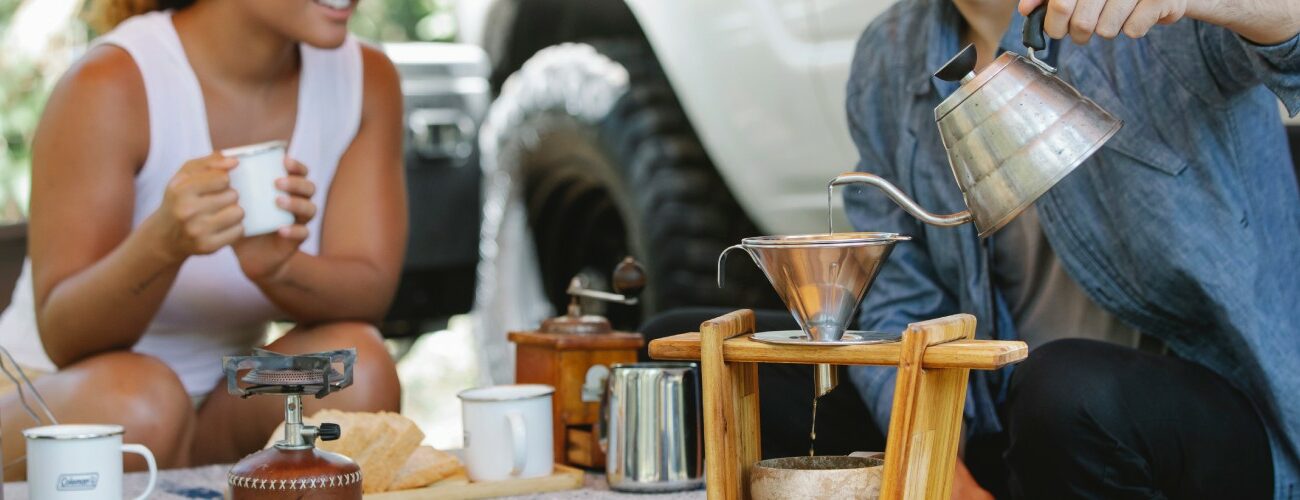
Coffee enthusiasts understand that the perfect cup of coffee is a delicate harmony of various factors, including the quality of beans, grind size, and brewing method. However, one often overlooked element that significantly impacts the taste of coffee is the temperature of the water used during the brewing process. In this article, we will explore the fascinating relationship between water temperature and coffee taste, shedding light on the importance of finding the ideal balance to extract the best flavours from your favourite brew.
Temperature and Solubility
Water temperature plays a crucial role in the solubility of coffee compounds. Different flavors and compounds are extracted at varying rates depending on the temperature of the water. Generally, hotter water leads to more rapid extraction, while cooler water results in a slower extraction process. This fact underscores the significance of water temperature control in achieving the desired flavor profile.
Brewing Variables
1. Under-Extracted Coffee
When water is too cool, typically below 195°F (90°C), coffee extraction is insufficient, resulting in under-extracted coffee. This leads to a weak and bland cup with sour or acidic notes. The lower temperature hinders the release of desirable oils, flavours, and aromatic compounds from the beans, leaving the final brew lacking in complexity and depth.
2. Over-Extracted Coffee
On the other hand, using water that is too hot, generally above 205°F (96°C), can lead to over-extracted coffee. This occurs when the water extracts an excessive amount of compounds, including bitter and astringent flavors. The result is a brew that tastes harsh, bitter, and unpleasant, overpowering the nuanced flavors and aromas that make each coffee unique.
Ideal Water Temperature
The ideal water temperature for brewing coffee typically falls between 195°F and 205°F (90°C – 96°C). Within this temperature range, the water effectively extracts the desirable compounds while minimizing the extraction of undesirable ones. However, different brewing methods and coffee beans may require slight adjustments to achieve the perfect balance.
Brewing Methods and Water Temperature:
1. Pour-Over and Drip Brewing
Pour-over and drip brewing methods benefit from using water at the higher end of the ideal temperature range. The hot water helps maintain an optimal extraction rate, ensuring a well-rounded cup with balanced flavors.
2. French Press and Immersion Brewing
For immersion brewing methods like the French press, where coffee grounds steep in water for an extended period, slightly lower water temperatures, around 195°F (90°C), can be effective. This temperature allows for a slower extraction, resulting in a smoother and less bitter brew.
Experimentation and Personal Preference
While the recommended temperature range serves as a good starting point, it is essential to experiment and fine-tune the water temperature based on personal preference. Some coffee enthusiasts may prefer a slightly cooler temperature to highlight specific flavours, while others may prefer a slightly hotter temperature for a bolder and more robust cup.
Conclusion
The impact of water temperature on the taste of coffee cannot be overstated. Brewing coffee is a delicate art that requires mindful consideration of various factors, and water temperature is a key component in unlocking the full potential of your beans. By understanding the relationship between water temperature and coffee taste, and by experimenting to find your ideal temperature range, you can elevate your coffee experience, savoring every sip of a perfectly balanced and flavourful cup.


